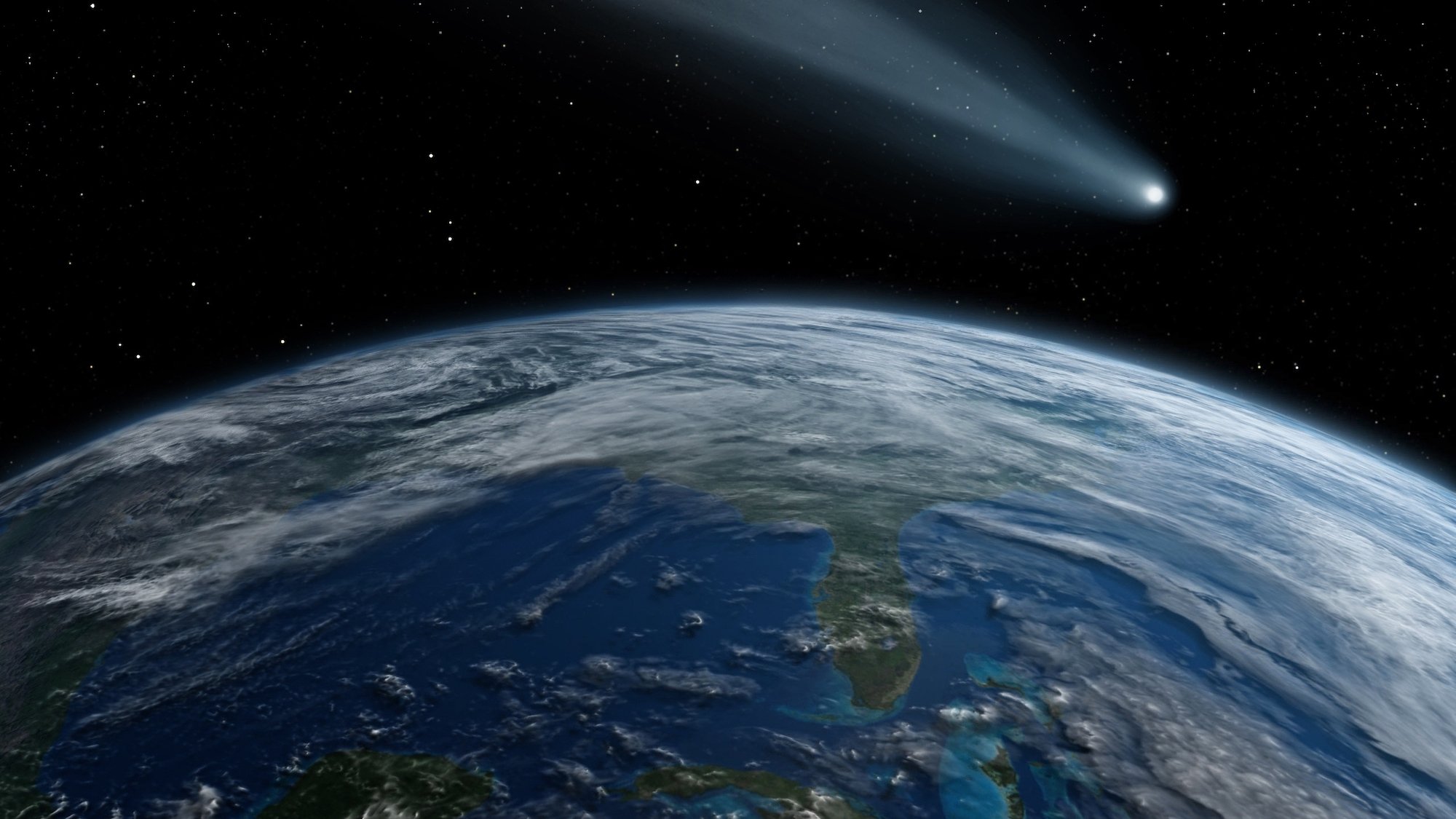For several weeks now, scientists have had their eyes glued to the sky. At the end of 2024, the Rio Hurtado observatory (Chile) discovered asteroid 2024 YR4, a celestial body with an estimated diameter of between 40 and 90 meters. However, while the chances of a collision with Earth were initially estimated at 1.6% on December 22, 2032, more recent analyses have shown that this figure has significantly increased, reaching 2.3%.
While still an extremely low possibility, asteroid 2024 YR4's impact probability with Earth has increased from about 1% to a 2.3% chance on Dec. 22, 2032. As we observe the asteroid more, the impact probability will become better known. More: https://t.co/VWiASTMBDi pic.twitter.com/Z1mpb4UPaC
— NASA Asteroid Watch (@AsteroidWatch) February 7, 2025
Nothing to worry about for now
Can this asteroid really hit the Earth? Although the probability has increased, scientists from the European Space Agency (ESA) say there is no need to panic at the moment. Currently, this asteroid is rated 3 out of 10 on the Torino scale (a method used to categorize the impact risk of near-Earth objects). “There is a good chance that not only will it not hit the Earth, but that in the coming months or years, the probability will drop to zero ,” says Bruce Betts, a member of the Planetary Society, to AFP. He adds...It's important to stay alert because it is “very rare for the probability [of impact] to exceed 1%.”
What might happen in 2032? Here's the latest simulation from @NASAJPL. The white path is #YR4. Earth is blue. pic.twitter.com/rT7ObCoZjt
— YR4 Tracker (@YR4tracker) February 7, 2025
A phenomenon that happens about once a century
Just to remind you, the size of this asteroid is estimated to be between 40 and 100 meters in diameter. The risks could be significant since if it were to fall on Earth, « it would almost wipe out the entire city and part of the surrounding region », explains Bruce Betts. The priority is to determine its size more precisely, because « the danger posed by a 40 m asteroid is very different from that of a 90 m asteroid », points out the ESA. The last time an asteroid like this collided with Earth was in 1908 in Tunguska, Siberia.
acute;rie. 2000 m2 of forest had been destroyed. But “this kind of event happens once every thousand years,” said Patrick Michel, research director at the CNRS at the Côte d'Azur observatory, speaking to Franceinfo in 2019.


